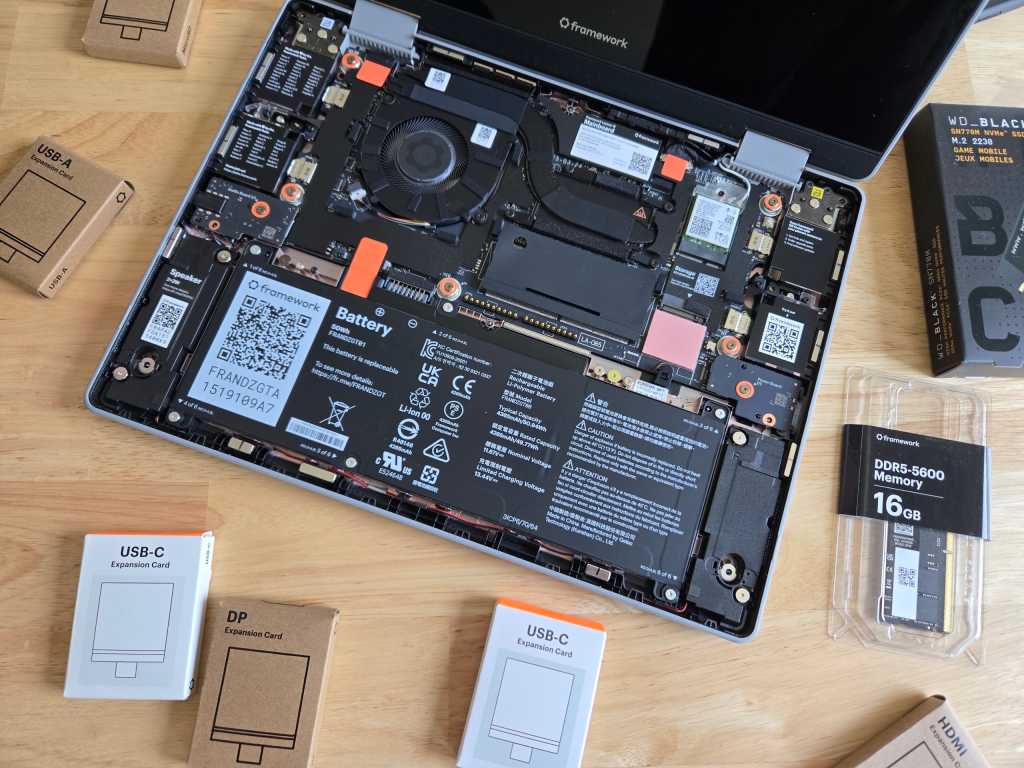

GPU prices are coming to earth
https://lemmy.today/post/42588975
Nvidia reportedly no longer supplying VRAM to its GPU board partners in response to memory crunch — rumor claims vendors will only get the die, forced to source memory on their own
If that’s true, I doubt that they’re going to be coming to earth for long.

Bind mounts aren’t specific to Docker. You’re asking specifically about bind mounts as used by Docker?